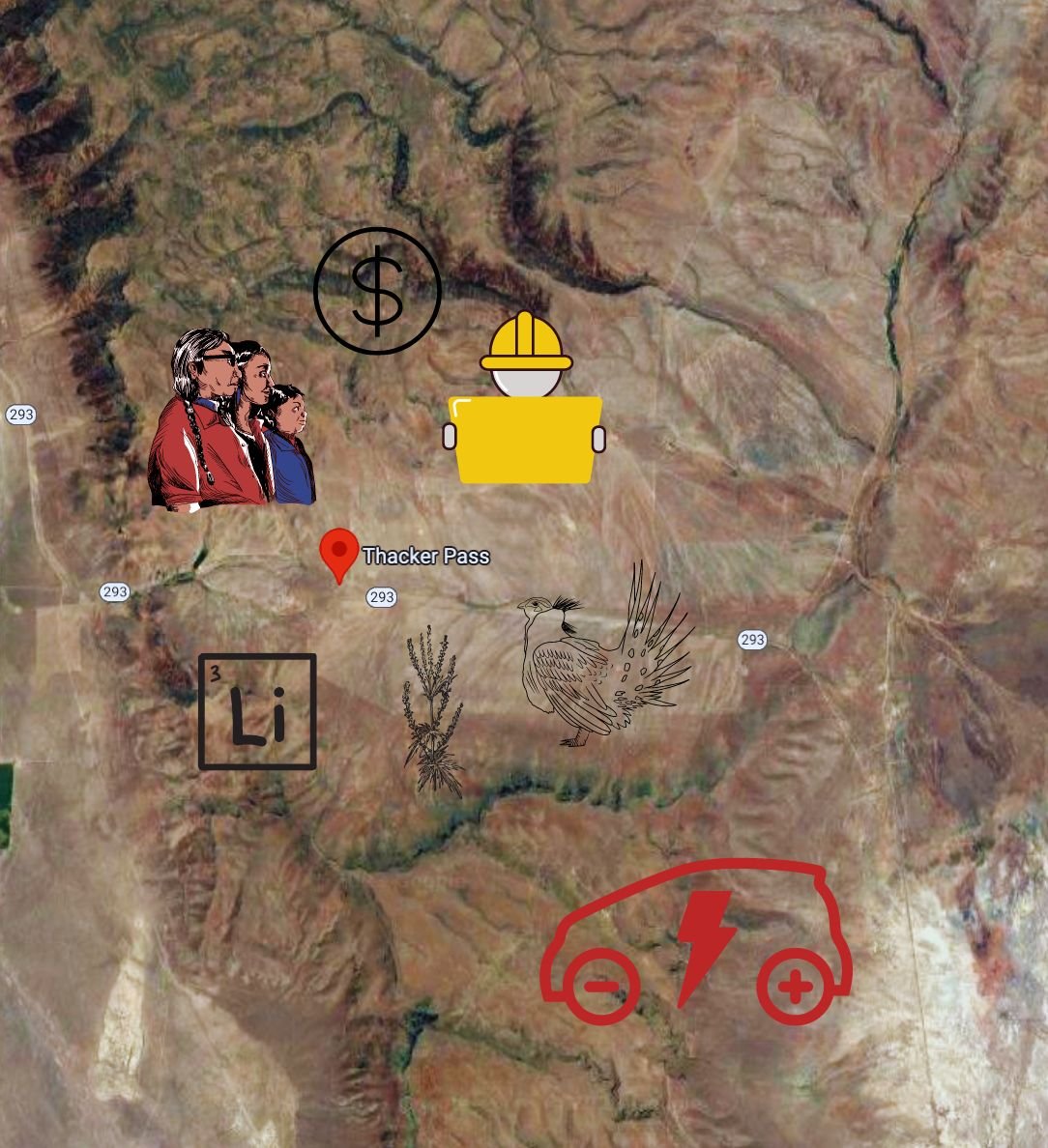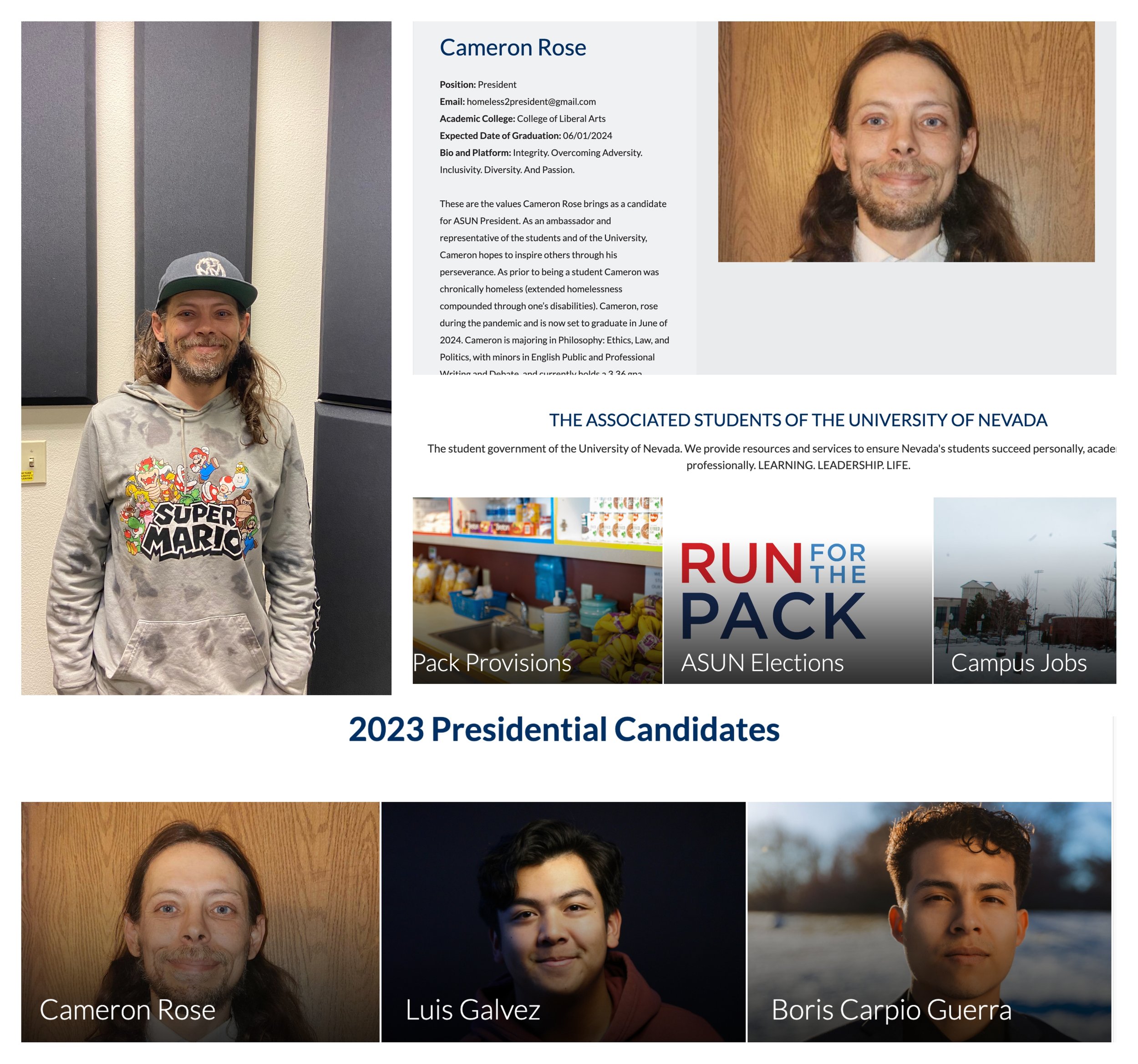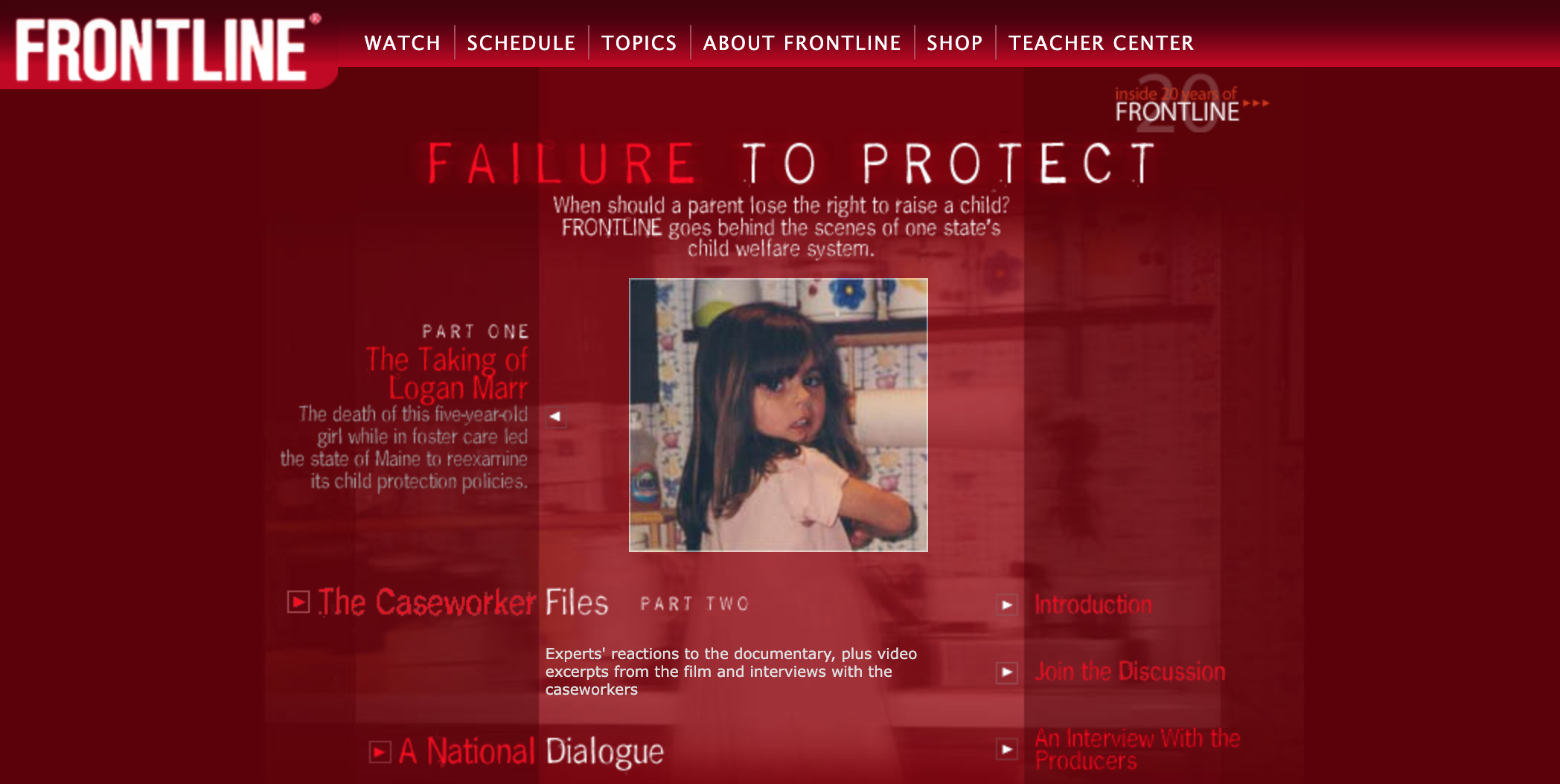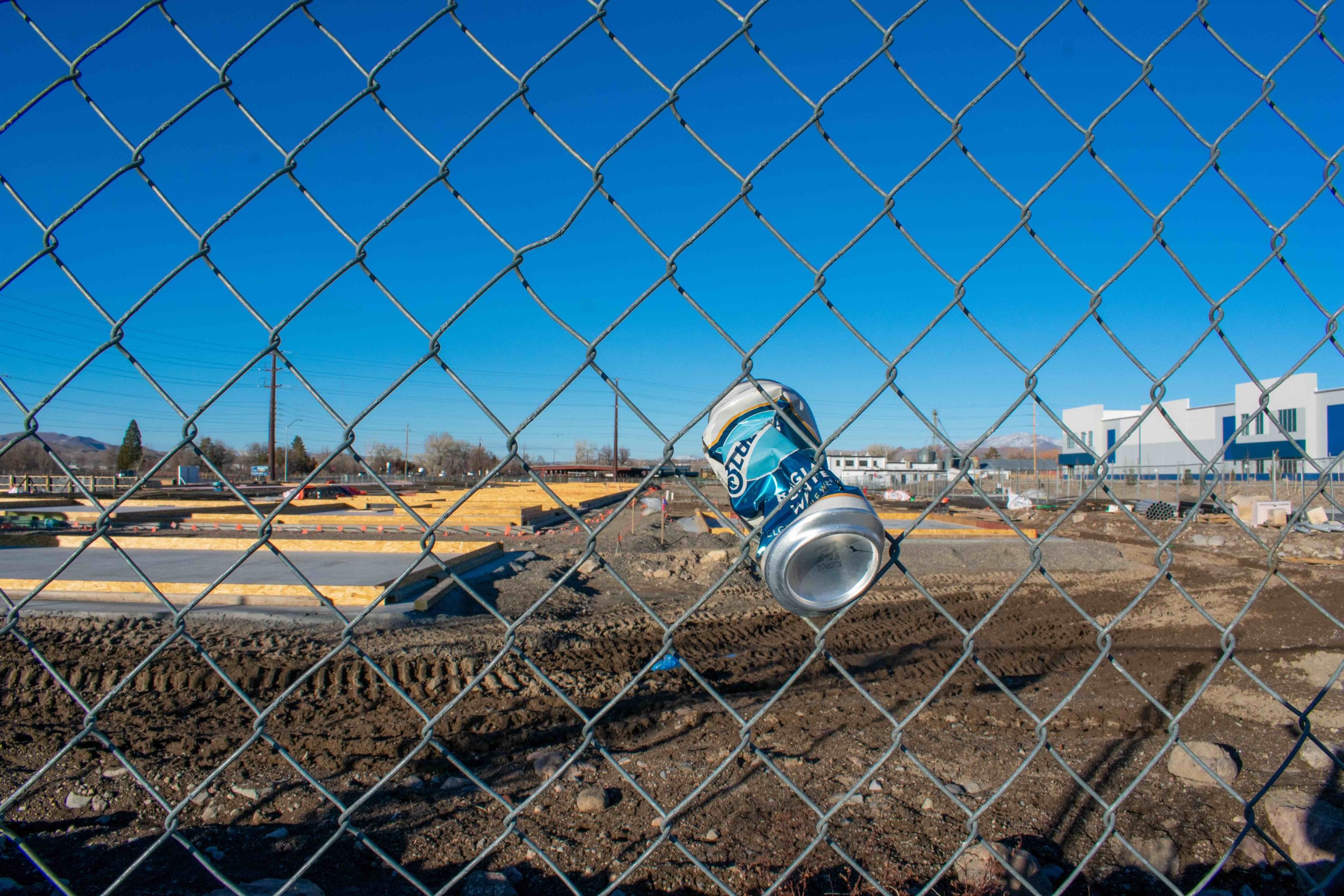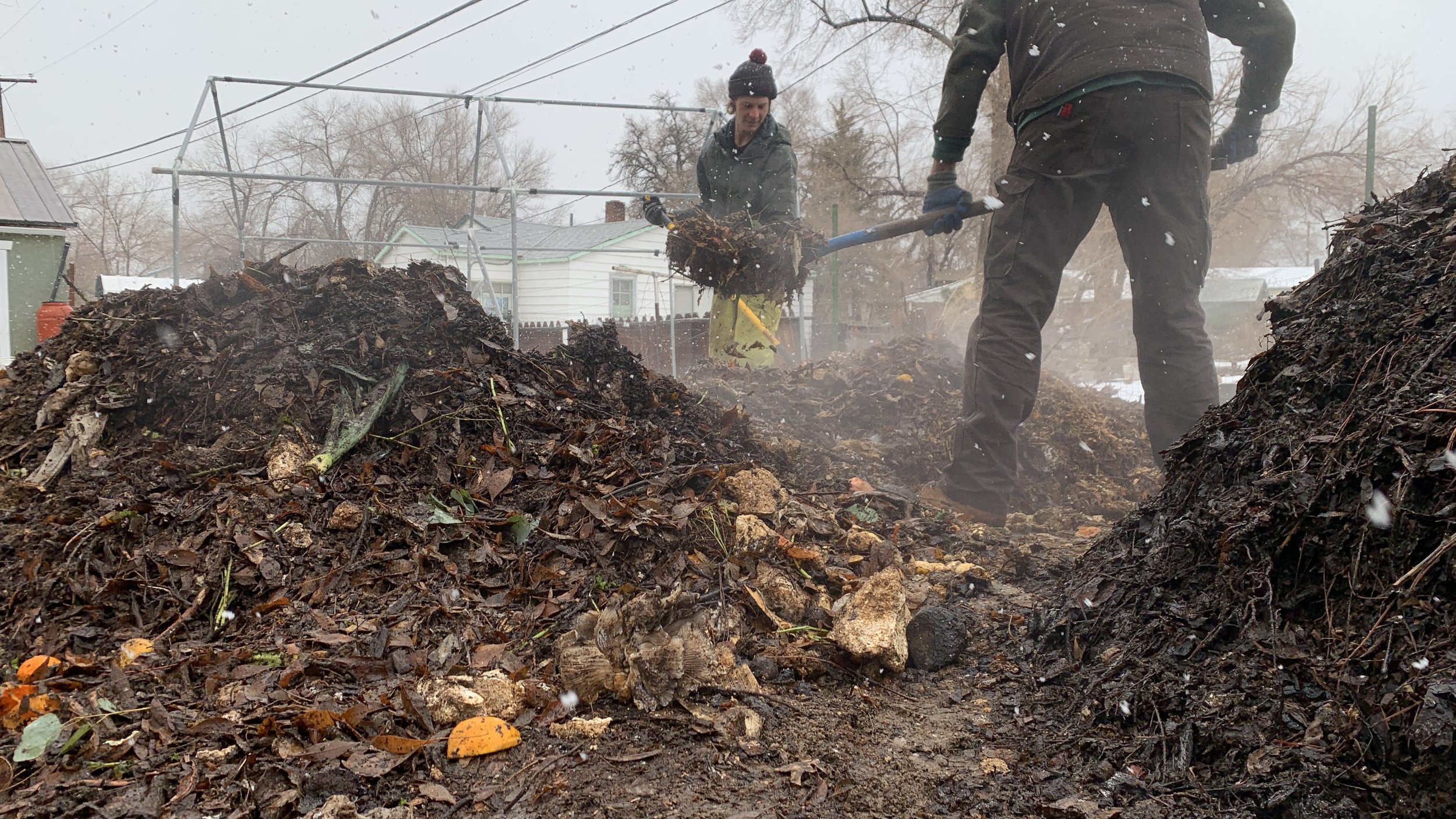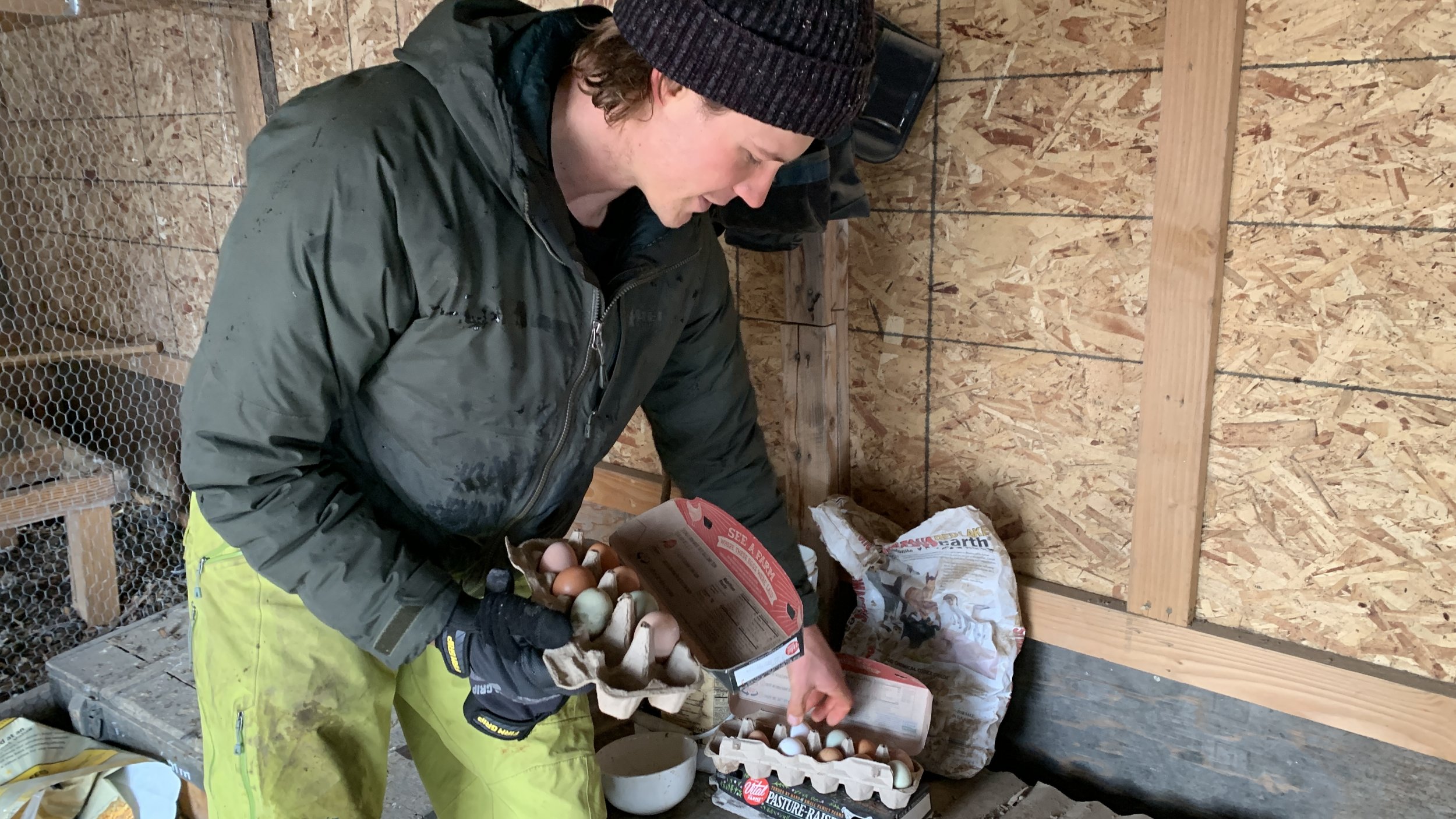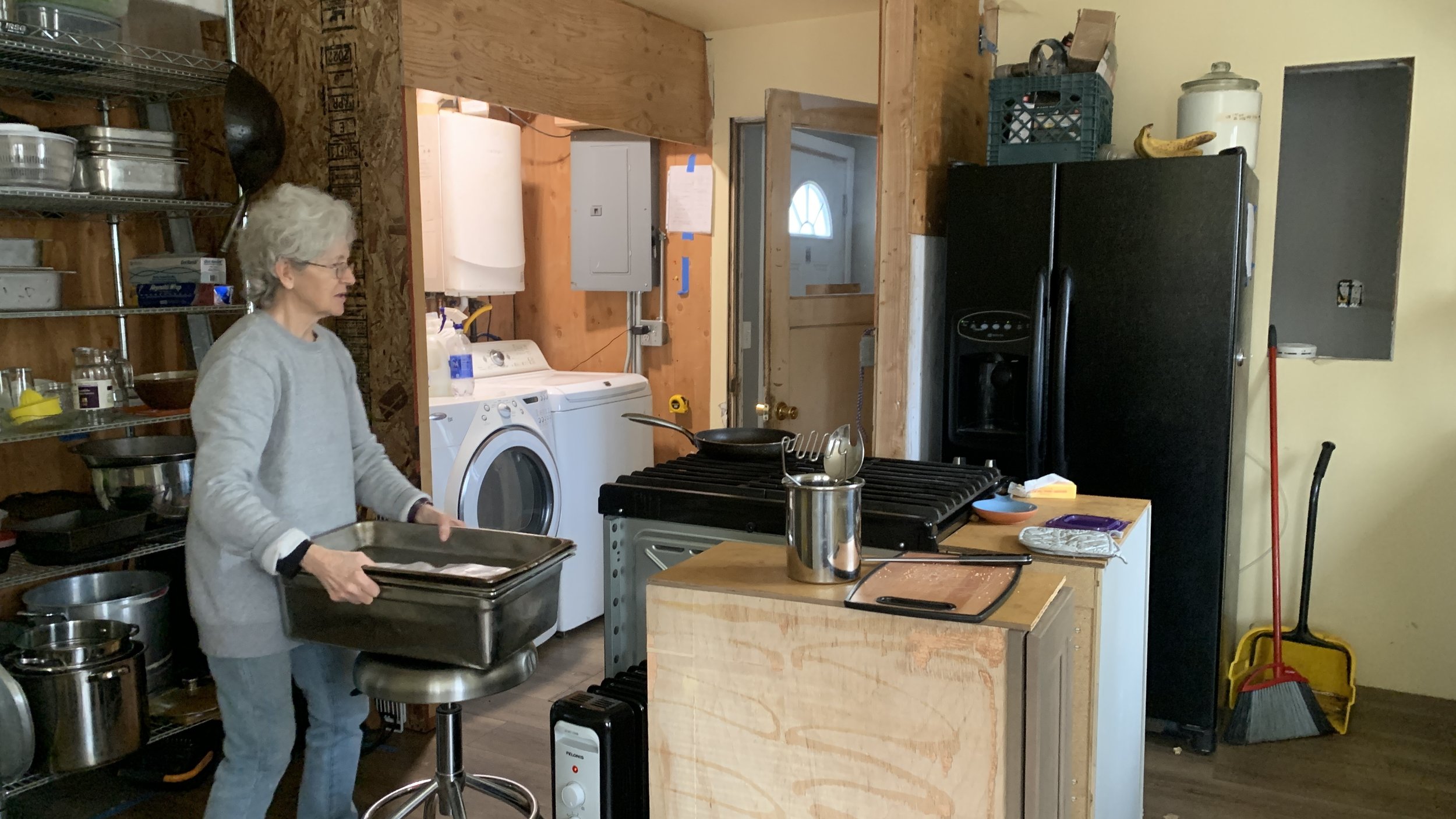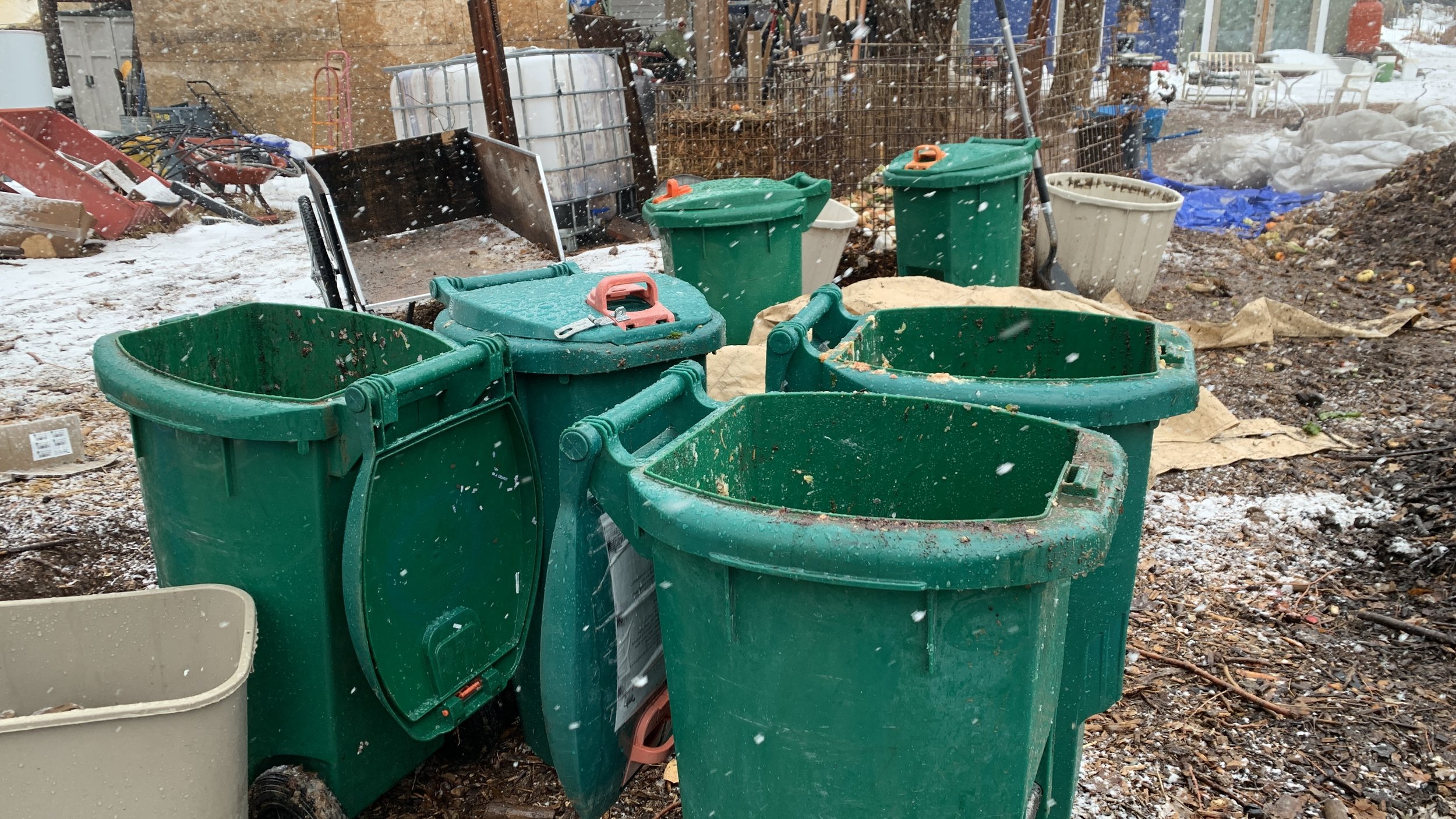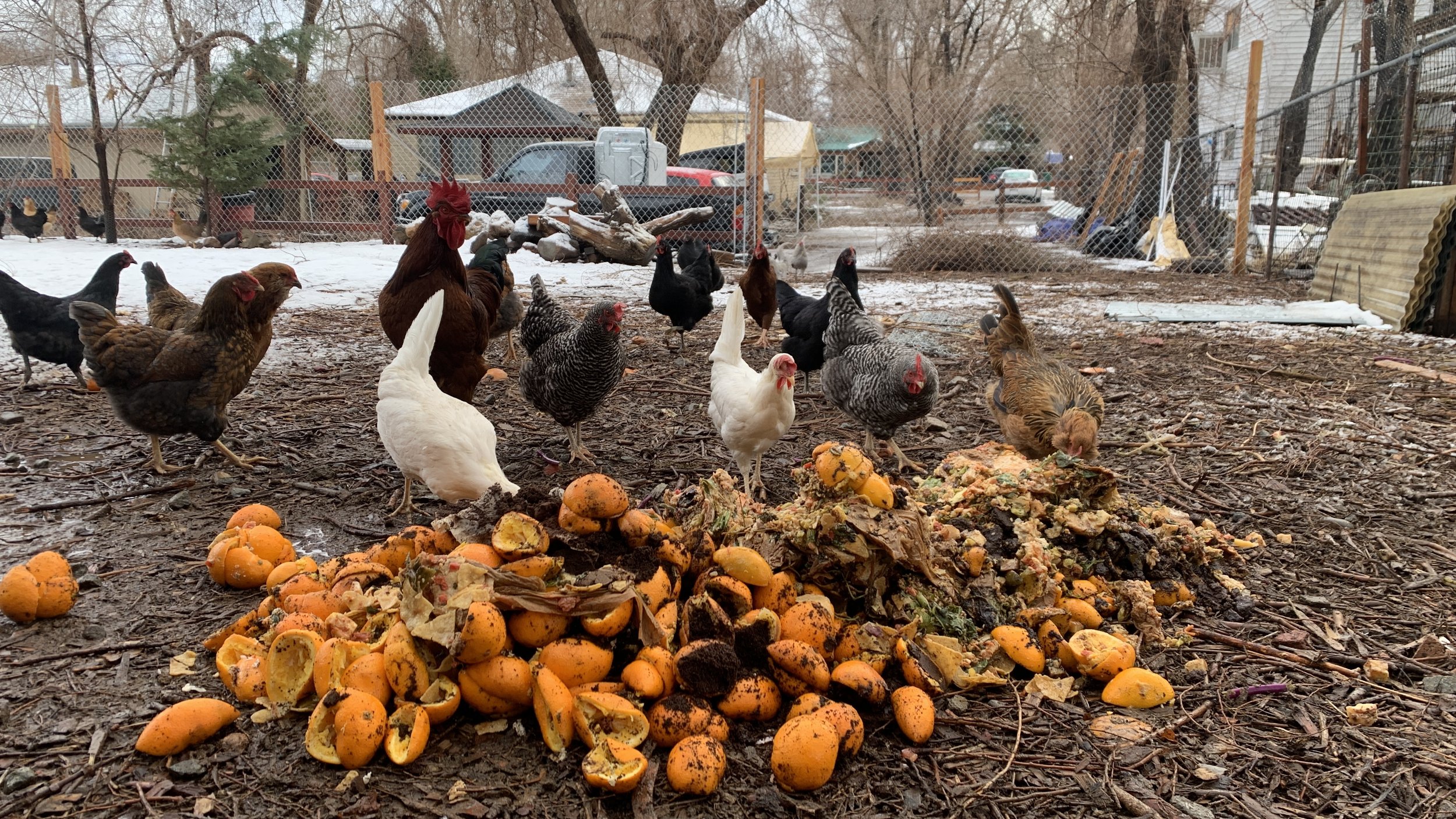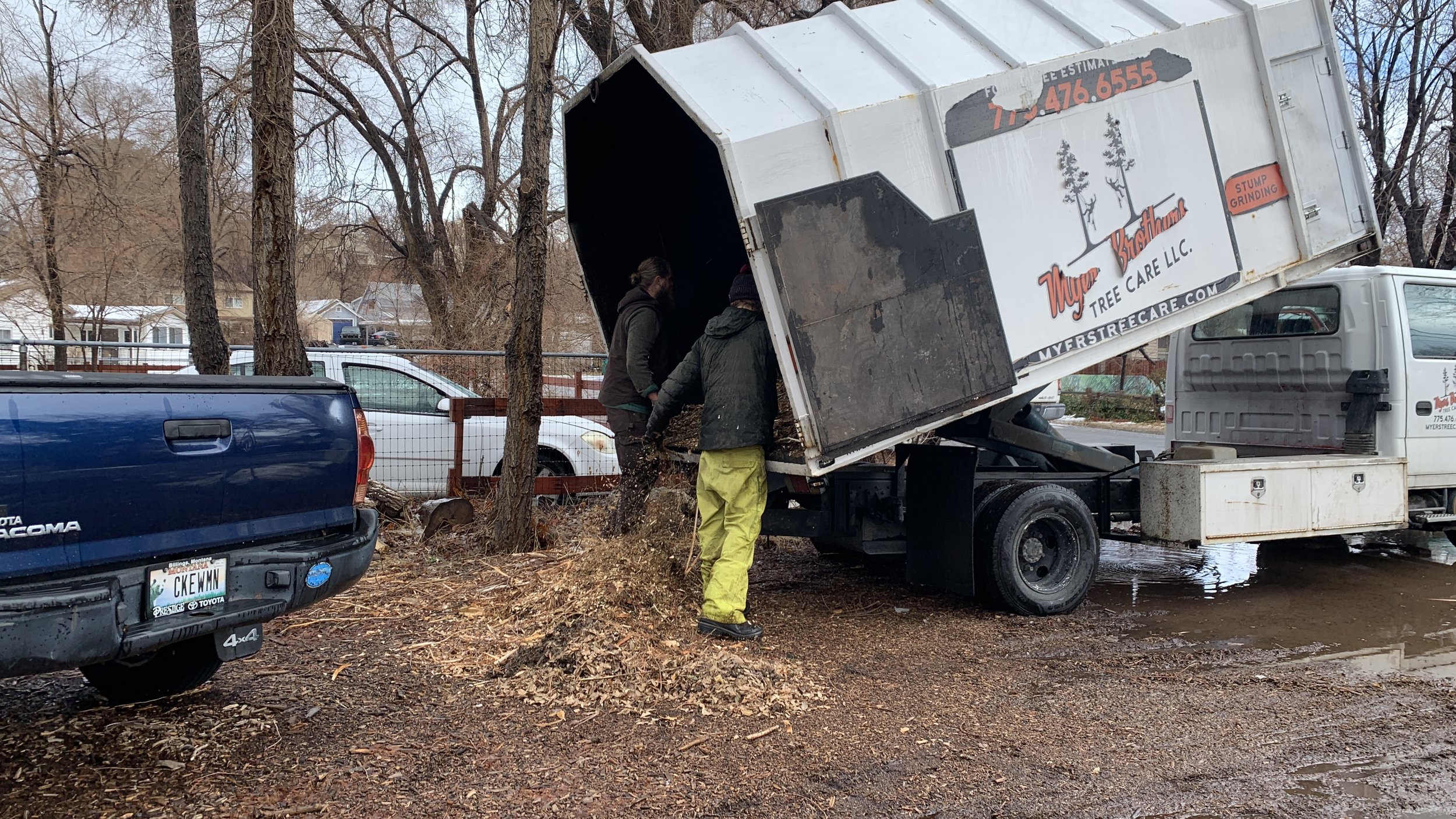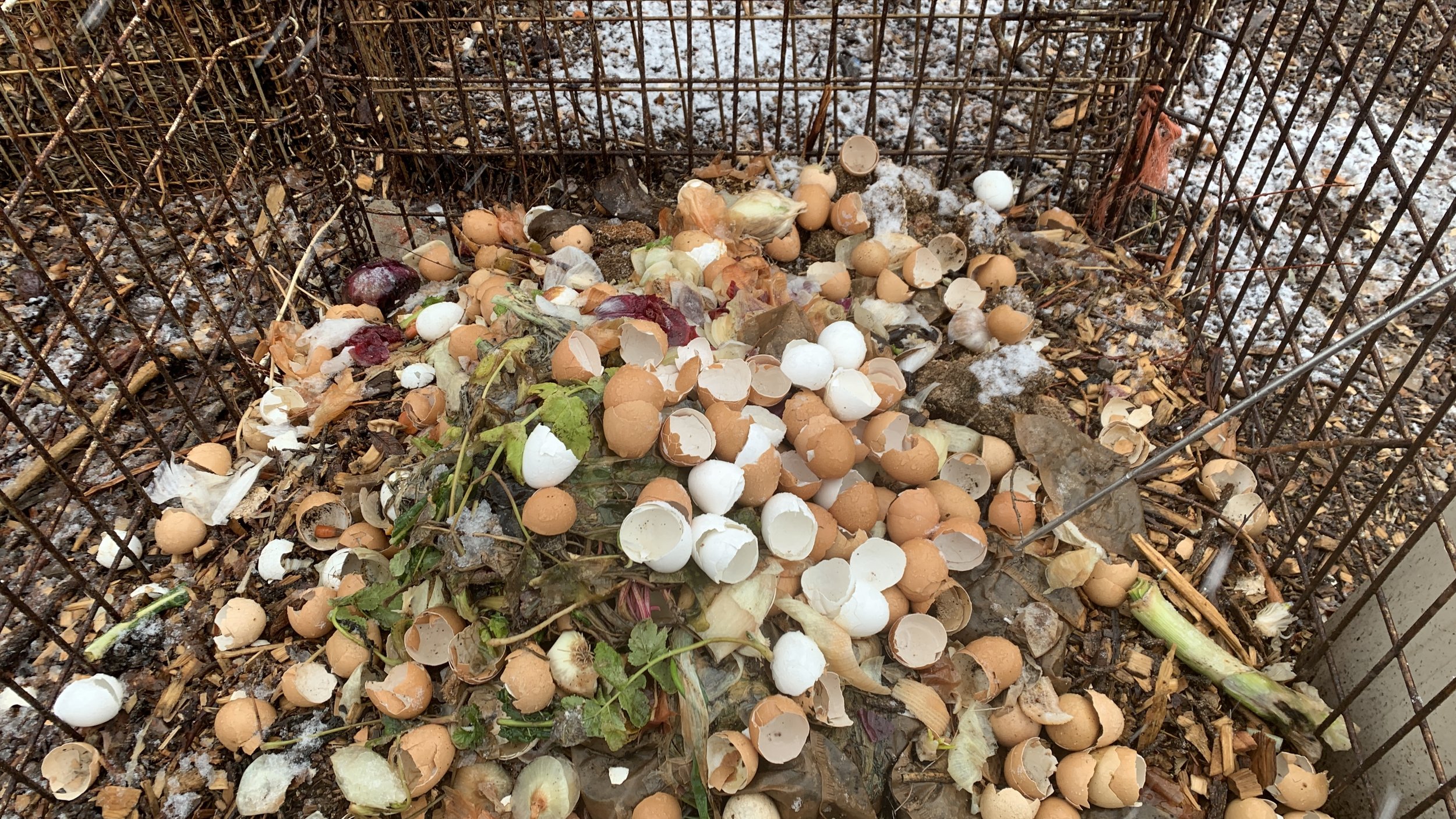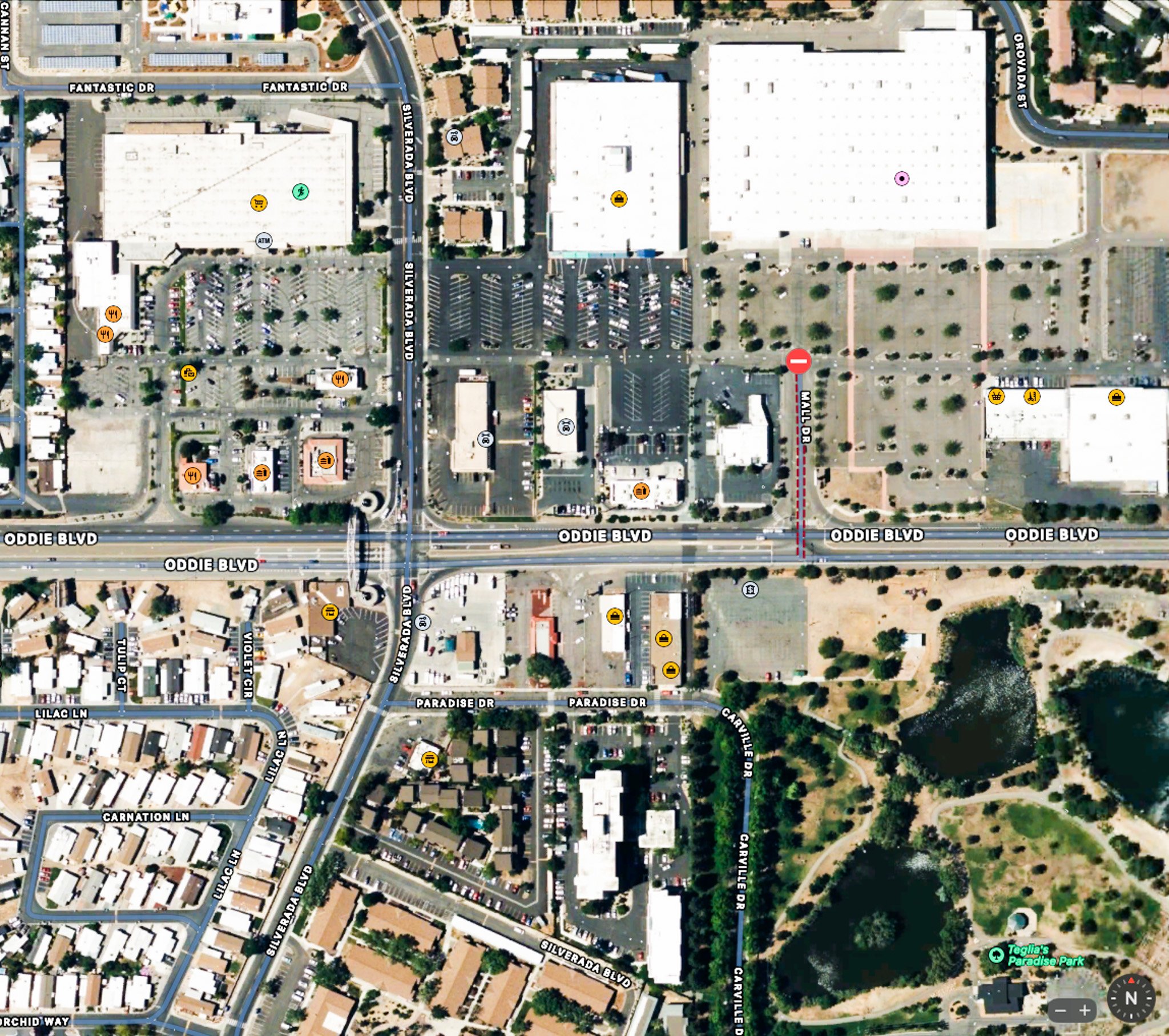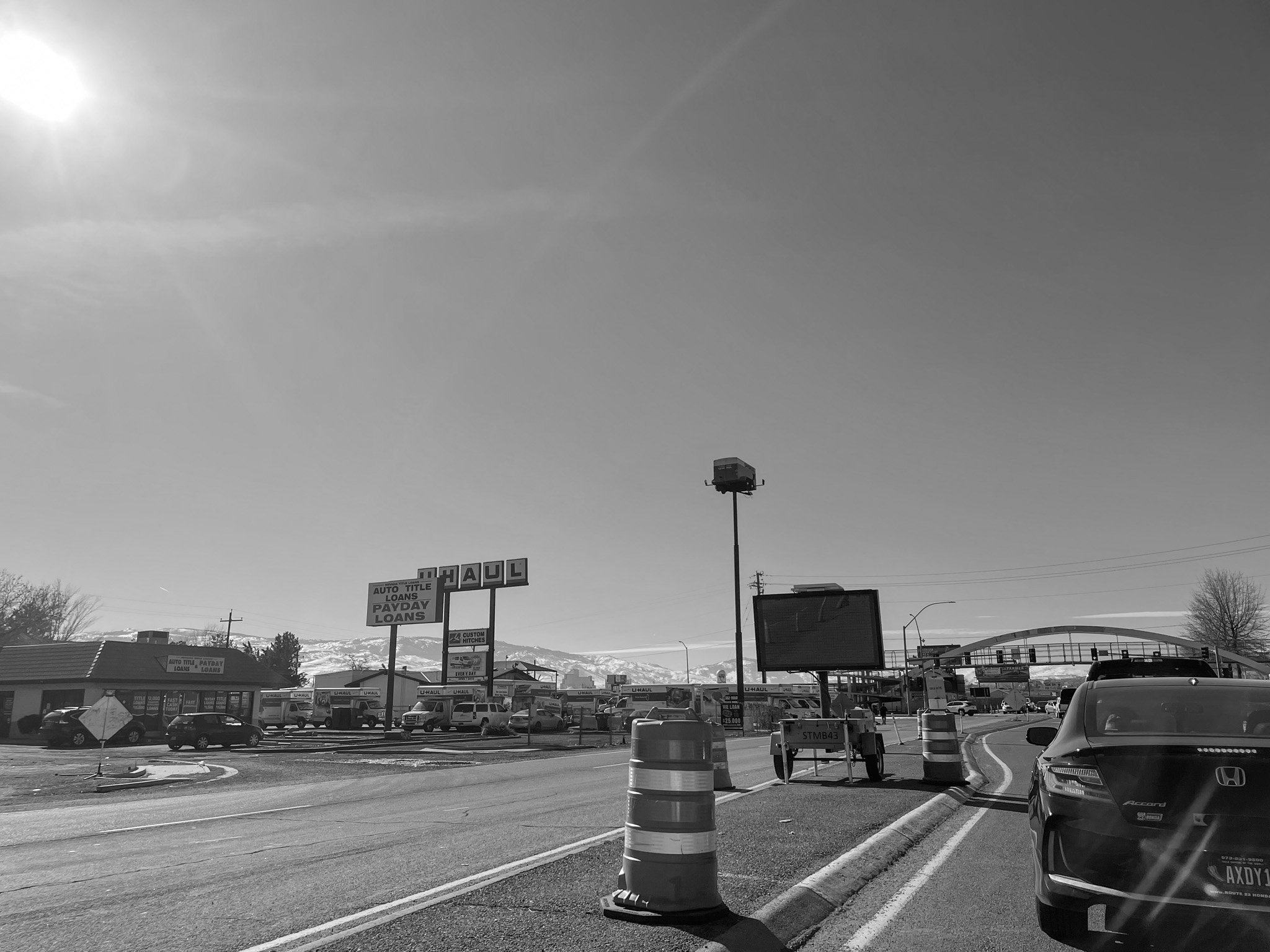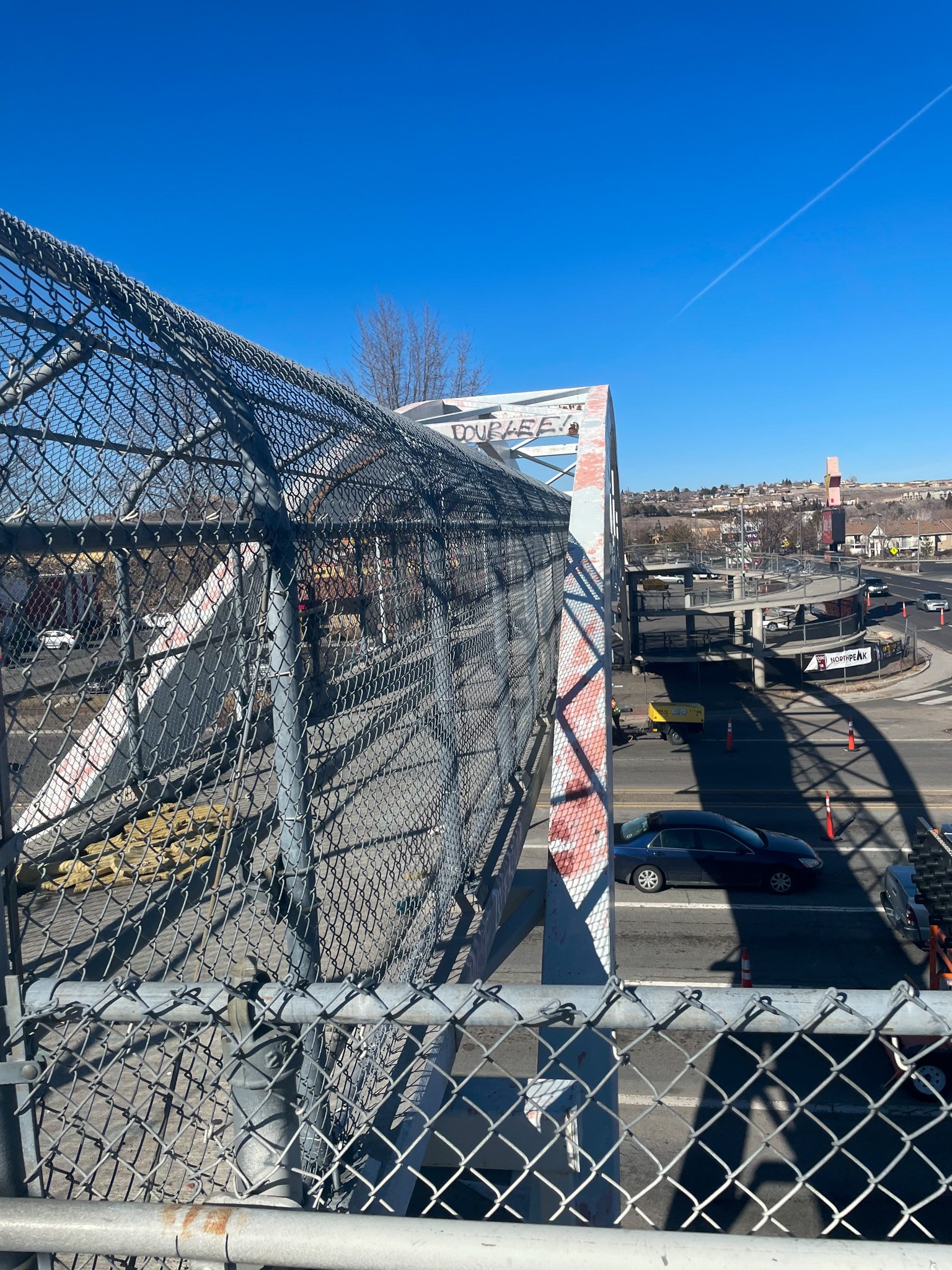A former case worker with both the state of Nevada and Washoe County Human Services Agency who wanted to stay anonymous for fear of reprisals says they left the profession due to burnout, low pay, frustrations with abilities to get their job done, contradictory regulations, and disagreeing with prevailing methods.
“I wasn't making a positive impact in anyone's life because I was torn between all these cases I had and I only had nine,” the former CPS employee said. “There's no way I could get to a full caseload of 21 kids like others had and feel like I'm doing any good. At that point, when you're torn in so many different directions, you're only doing half or a piece of everything that you should be, and so what good are you really doing?”
They said federal, state and county policies can be contradictory and confusing. “So it gets to a point where it's like either you cut corners or you quit. And I wasn't willing to cut corners,” they said.
While the goal they said is to reunify families, they had a problem with so many kids being taken from their parents in the first place.
“There are things that happen out there in the community that truly aren't safe for kids. But I think that, if we had more resources in the community and we had more education on implicit bias and things like that, we might not be removing as often,” they said.
Putting kids into foster care they said should really be avoided if at all possible.
“Overall, you see kids who are in foster care have a greater likelihood of being commercially sexually exploited. They have a greater likelihood of being diagnosed with depression or anxiety, greater likelihood of being diagnosed with ADHD, whether that's an accurate diagnosis or not, you know? And so when you look at it, it’s bleak. And that's what is difficult too, you think that, okay, you're helping these families by making sure kids are safe, but then are you really, because you then look at all of the negative outcomes that kids face when they are in care.”
The main regulations are set out in what is known as NRS 432B.
In response in a phone interview, during a break from work at the current legislature, the Children’s Serviced Division Director for the Washoe County Human Services Agency, Ryan Gustafson said he understood the job is difficult, but that he believes it is fairly compensated.
“Washoe County, actually, I think we pay significantly higher than the state,” he said. “But admittedly, it is a hard job. Child welfare is a hard job. We see tough situations, tough circumstances with families, and so you certainly have to have … the strength to be able to do it.”
Gustafson said state and county operate under the same set of rules, and emphasized removals are “really the last thing we want to do.”
He said removals have decreased by 40% in recent years. “So in fiscal year 2018, we had 575 children in Washoe County that we removed. That number has dropped every single year. And then in fiscal year 2022, our removals were 345. And so we're really working hard to see a decrease, even though the population in Washoe County increases, we're seeing less kids removed from their home and more children and families being provided resources and other opportunities. We certainly like to connect families and kids to clinical services, to housing resources, to resources for food, for energy assistance, whatever it is that families need, to be successful. And then, instead of having families come to us, we prefer to go to them just because that usually is a more comfortable setting.”
A previous article we wrote about group homes can be found in this link: http://www.ourtownreno.com/our-stories-1/2022/11/24/whistleblowers-point-to-problematic-group-homes-and-many-other-challenges-for-local-foster-kids
The former worker also said there is an over reliance locally on group homes and specialized foster care homes. “Group homes should be time limited only for an emergency situation and they should be a last resort. That setting is not conducive to child development. But we don't have enough resources as far as family homes for the amount of kids going into care. And so we rely heavily on our group homes because of that. And it's just kind of messed up,” they said.
“There's actually not that many group homes in Washoe County, believe it or not,” Gustafson replied. “Most of the homes that we have in Washoe County are classified as foster homes and most of those foster homes are set up family style. So we have moms, dads, couples, single folks, whoever it happens to be, they want to foster and we help them get licensed to foster. And we do lots of background checks and home studies. And so it's usually families with no kids or with their own kids that want to take on one, two or three foster kids for a short or a long amount of time. We actually don't have that many large scale group homes. There is a difference between, a traditional family foster home and what's called specialized foster care. And that's a long conversation, but just to sort of give you the gist, specialized foster care is for children and youth that have more complex behavioral needs,” he said.
Our Town Reno previously reported on those types of homes, based on whistleblower accounts (see above visual and link).
“They may be more of a shift staff style than a family style, but almost all of the homes now in Washoe County have transitioned to a family style foster setting,” Gustafson said. “There's actually legislation around that’s called the Family First Prevention Services Act, that mandates that foster homes need to look like a family style and be community based. That's just to help create normalcy for these kids who are out of their home for a short or a long amount of time. And so we've actually worked with the providers in the community, that may have multiple homes to help them get those homes set up to be family style, where you have a primary parent or parents in the home.”
In terms of solutions suggested, the former worker said neighbors need to start helping each other more perhaps rather than people calling the police or CPS on each other when children are involved.
“I suppose we would have better harm reduction techniques [if] as a society we would strip away guilt and shame so that people, when they're going through things, they can reach out to their neighbors and act on things as a community rather than going to a government agency or a government agency being involved. ‘Hey, if you're struggling, come to me. You know what I mean?’ Rather than it being like, oh, the government has to get involved. We start treating it as like a community thing and then we have more compassion for our neighbors too, and we can actually be good community members.”
They would also like to see more people with lived experience in the foster care system work alongside degreed case workers or be the case workers themselves. “Then your clients, your families are then faced with someone who actually kind of feels what they're going through. And I think that's probably the most progressive way of doing it. I don't know how close we'd be get to getting there because our Nevada statutes don't really allow us to have people with lived experience at the table like that.”
The situation in the rurals is even worse than in Washoe County for kids in difficult families and generally it felt “like policing the poor.”
“Any kind of regulatory, that's what it's designed to do. And because poor families don't have the resources to help themselves out of whatever is going on, then government agencies get involved. And so certainly like more people living in poverty wind up with worse outcomes.”
To those who insist on removals, including foster families, they said they should look at the bigger picture.
“This parent might be doing drugs and their kid might see like drug paraphernalia or whatever laying around. But does that truly make them a bad parent? And what makes a person a good parent? And in my personal view, it's being able to teach a child love and empathy and how to exist in the world in a kind way. And I think a person who does drugs or gets into domestic violence relationships can still do all of those things for their children. And I've seen it. And so just because a person does one thing in their life, has this one thing in their life doesn't make them an awful human.”
They said having more built in preventative work to what CPS does, having support staff to help families going through difficulties would be a better direction to go, rather than separation.
Gustafson said CPS is always hiring case workers and that even though it requires a bachelor’s degree, it’s not “locked in” to just a degree in social work.
“We also allow what we consider a related degree, right? So if you’ve got a degree in psychology or sociology or other things, you know, a degree in the humanities, then we will absolutely consider that. And in fact, a good amount of our staff have degrees in various fields, but I completely agree. We like to be a diverse agency and we would absolutely encourage people who are interested to get on the list. We are always hiring,” he said.
One new approach is called Differential Response whereby community agencies are encouraged to focus on support, and identifying child and family needs, and working on those rather than opting to remove children.
Gustafson agreed with the former worker on the importance of this existing program.
“Differential Response is a program that we have for, and it's voluntary for families to where if it doesn't reach the threshold for us to go investigate,” the agency official said. “So if a report comes in to the agency and there's a recognition that the family could use some resources, could use some assistance, whatever that might look like, rent, food, groceries, clinical services, someone coming into the home, working with them, working with their child or children, then we can assign that family to Differential Response. Now, again, it is a voluntary program, but it's a very useful program to have because it really helps get families resourced up,” he said.
He said between 2019 and 2021 those cases increased by nearly 30% in Washoe County.
“So we are looking to continually expand that program as well,” he said. “That allows us to really just work with the families in a more informal way to help make sure they have their needs met.”
A link explaining the Family Engagement Center can be found here: https://www.washoecounty.gov/hsa/childrens_services/family_engagement_center/index.php
In case of separation, Gustafson says local authorities are proud of the family engagement center which opened in 2017 and has been used for more than 45,000 visits.
“We’re sort of first in the country to have a center like that where we have a homelike setting where you can facilitate visits. We really try to follow the research and the data and what best practices look like. There's a lot of data around frequency of visits for families. The more that families can see their kids when their kids are removed, the faster those kids tend to go home. And so we've really tried to push visitation. We've really tried to push the relationship between biological mom and dad and foster parents.”
He says part of the community to help the kids can happen between foster and biological parents, even after the children return back home after separation. “We’re always happy to take feedback from the community and, um, families and foster families and former employees,” he concluded in terms of CPS listening and making progress in a difficult field.


















